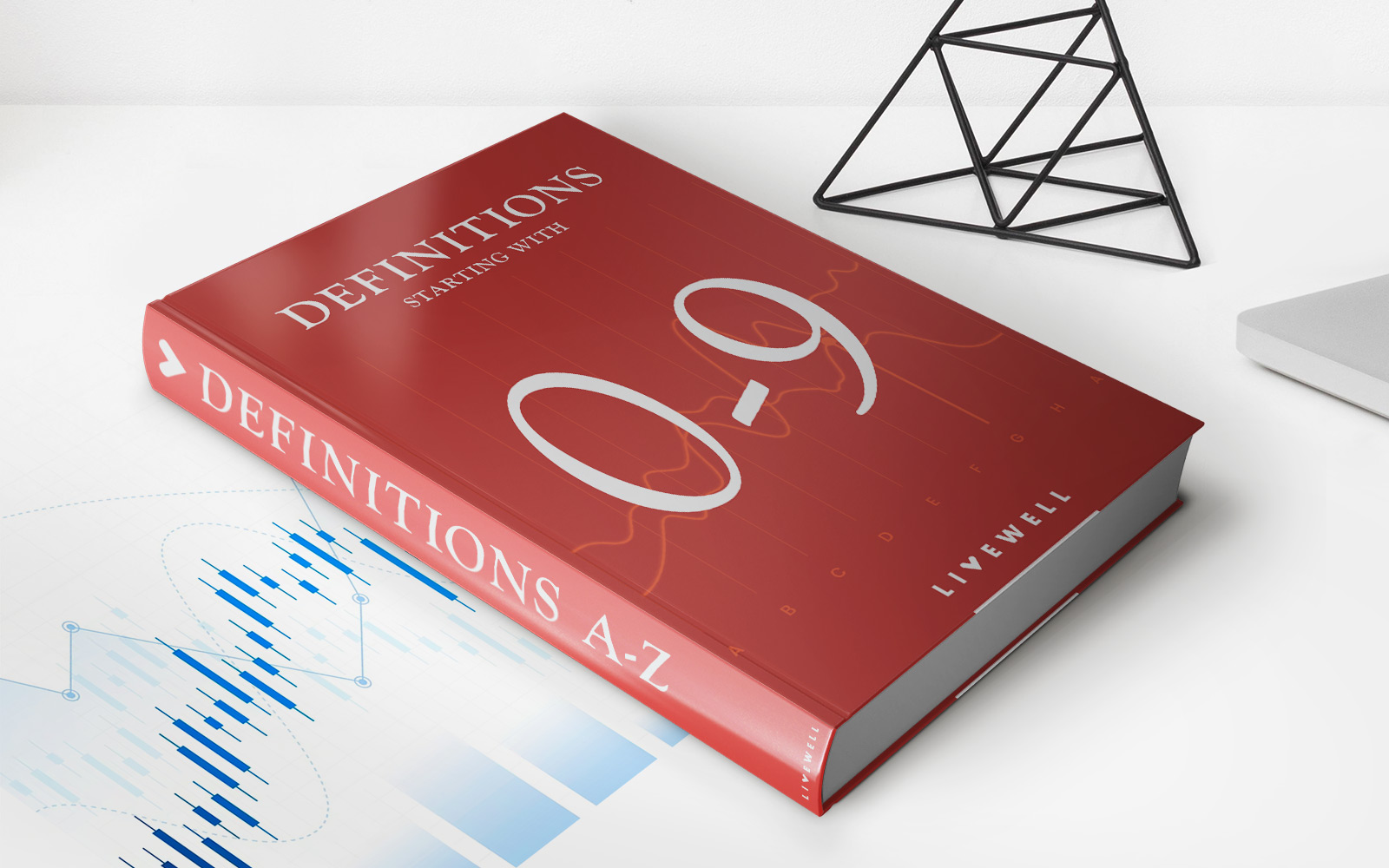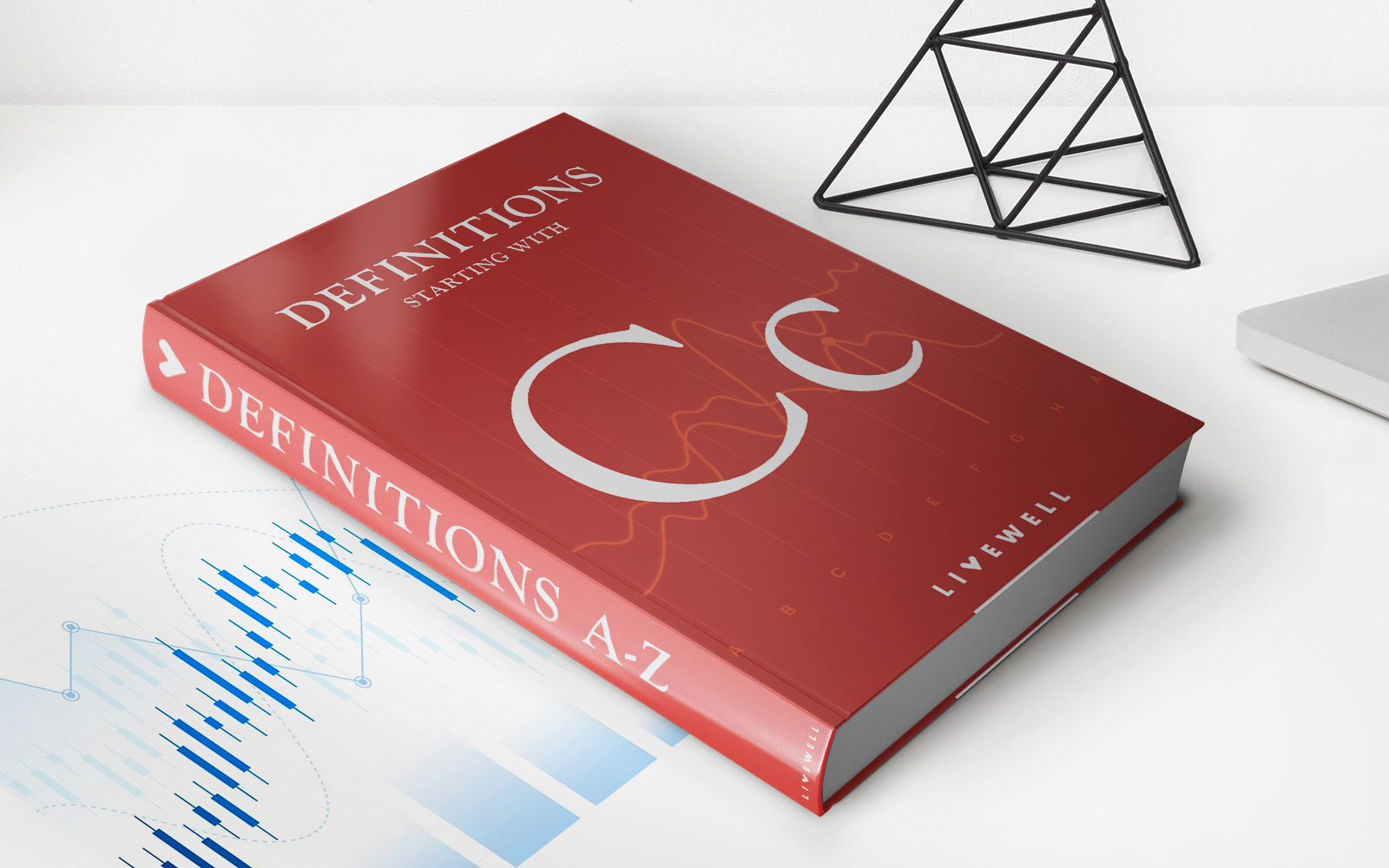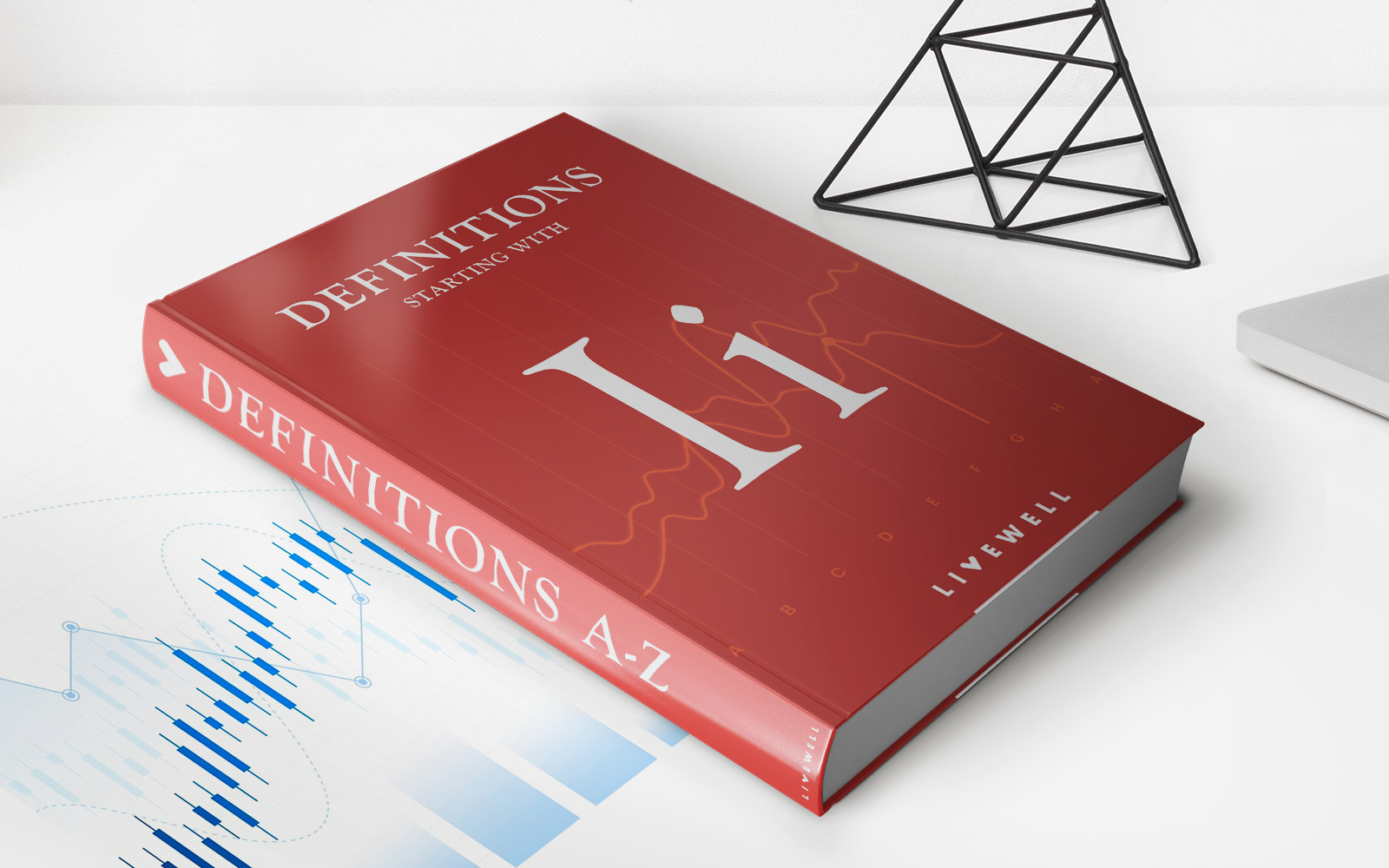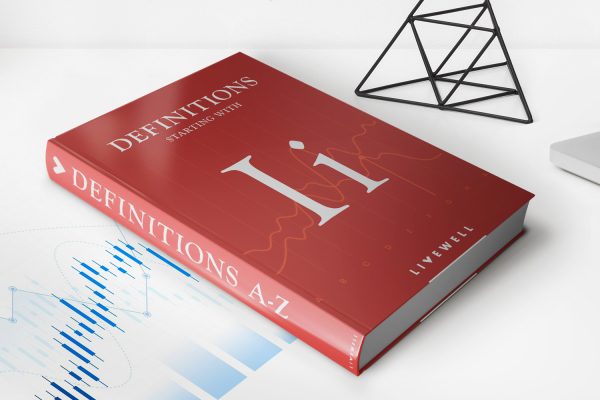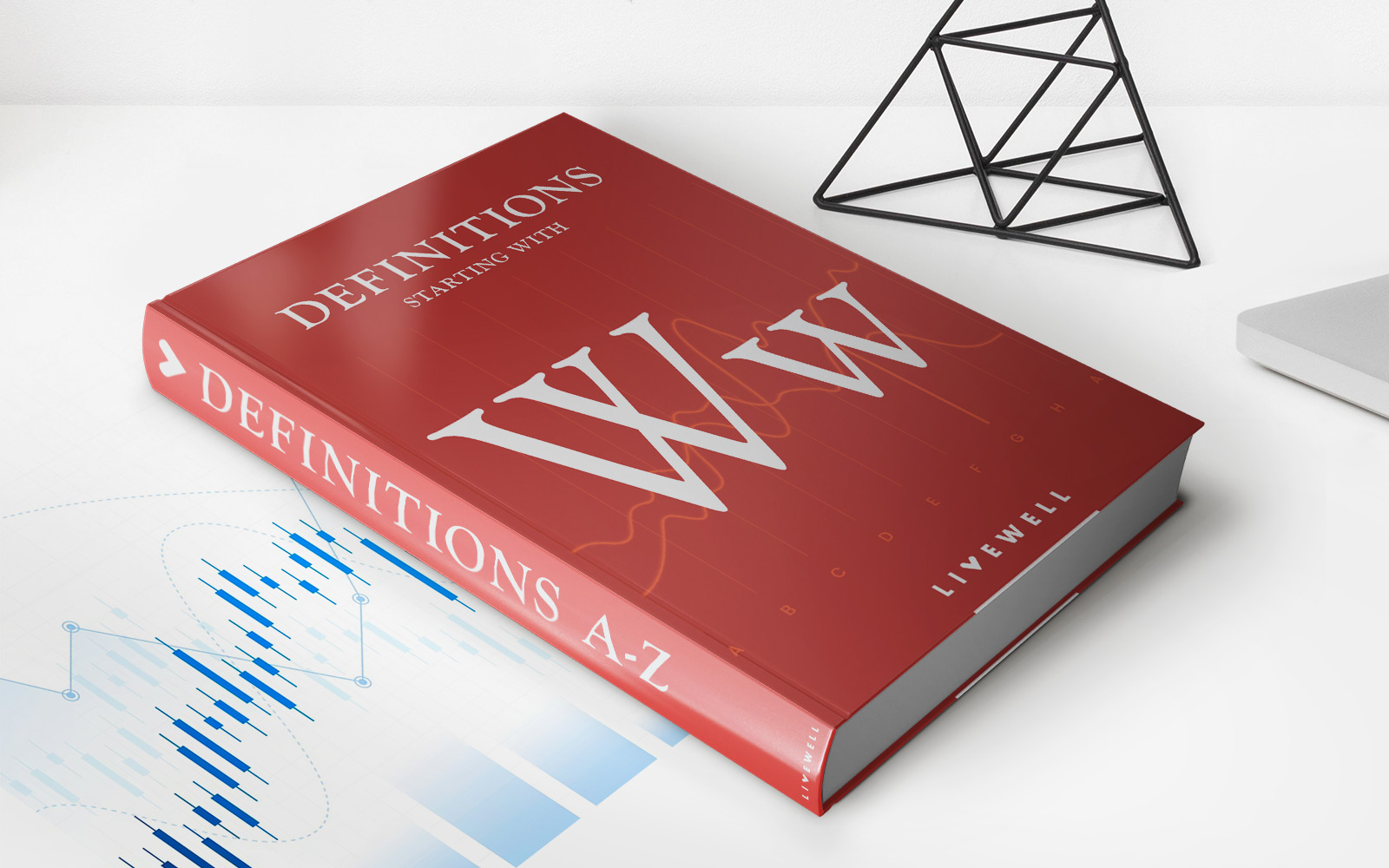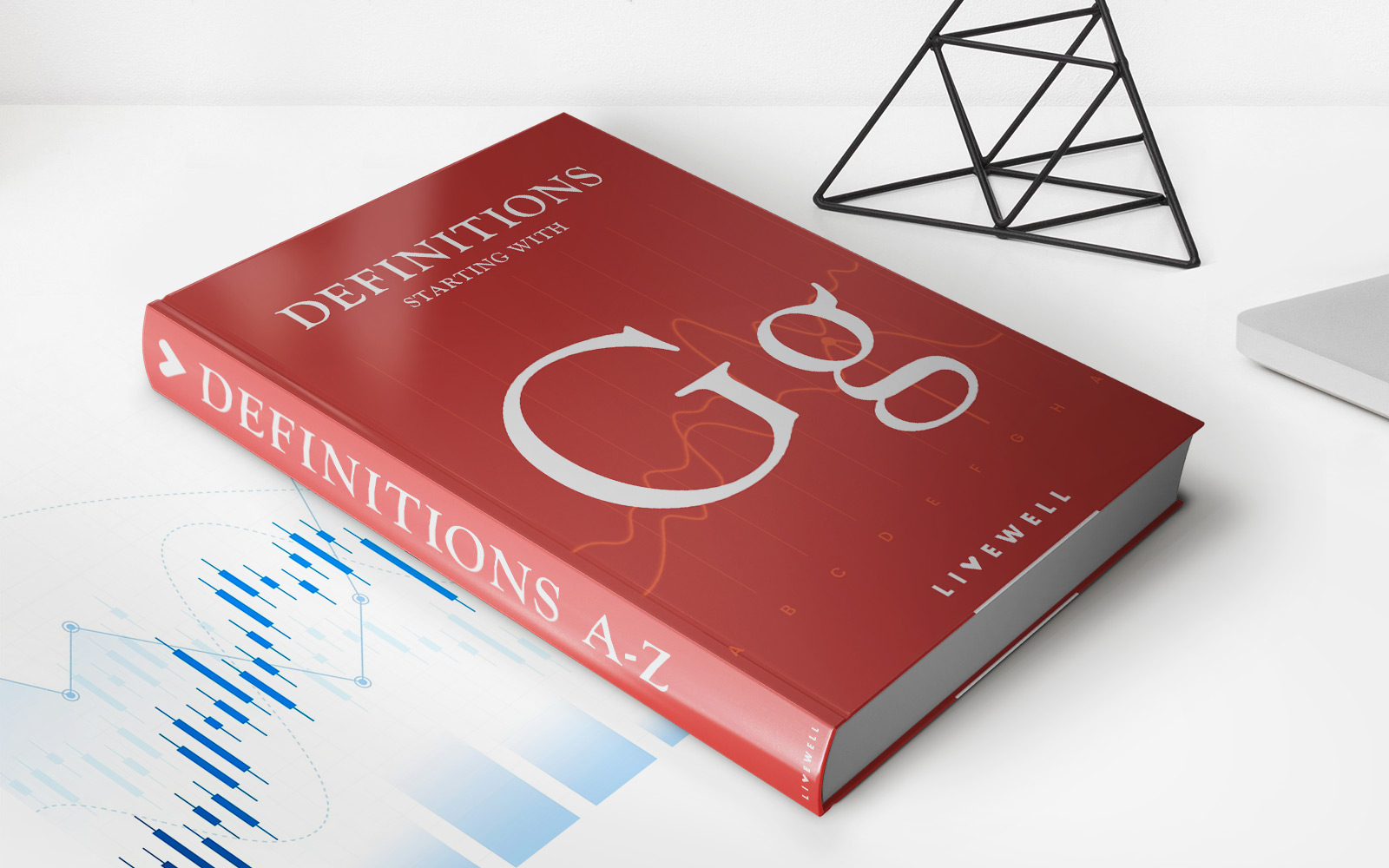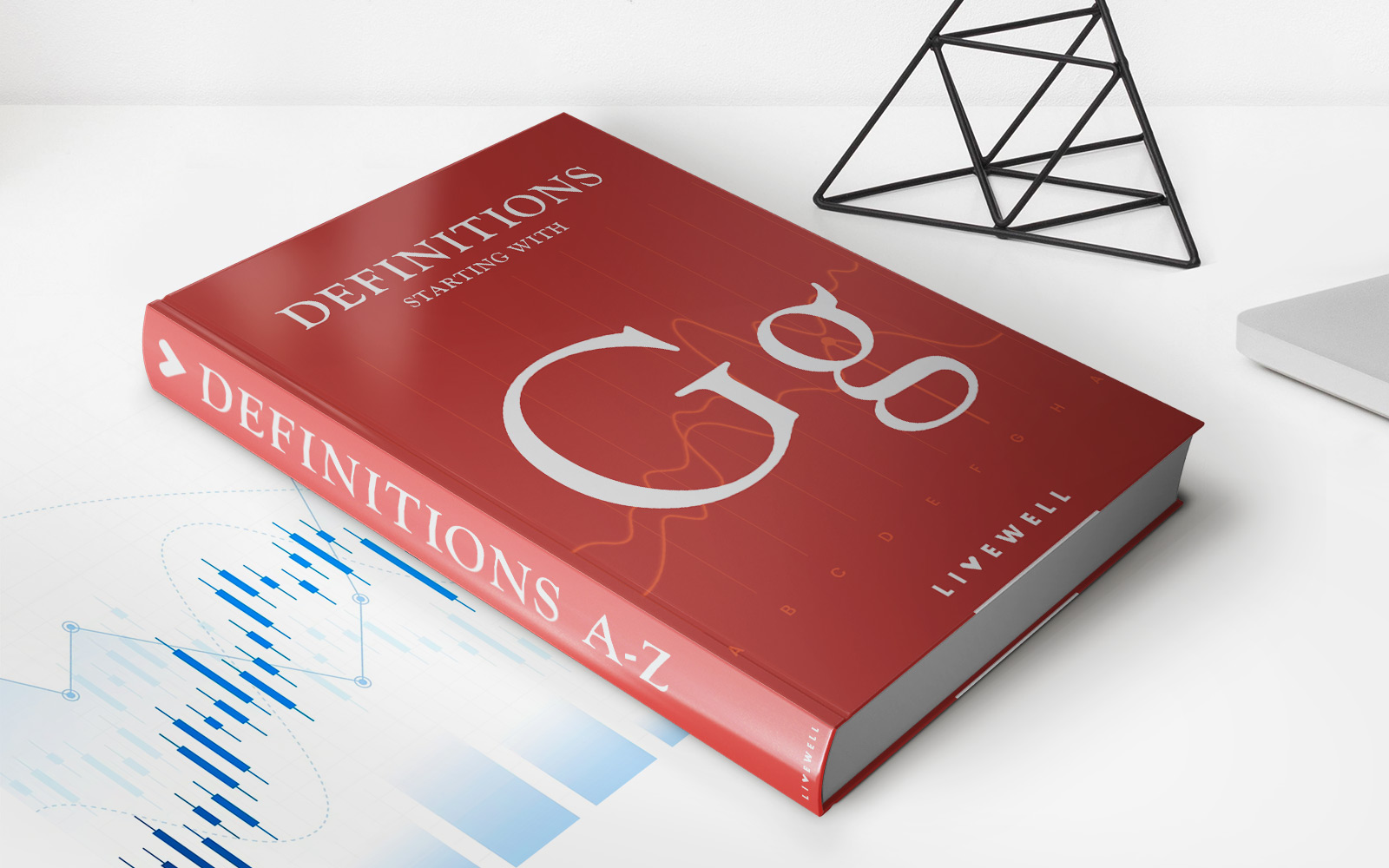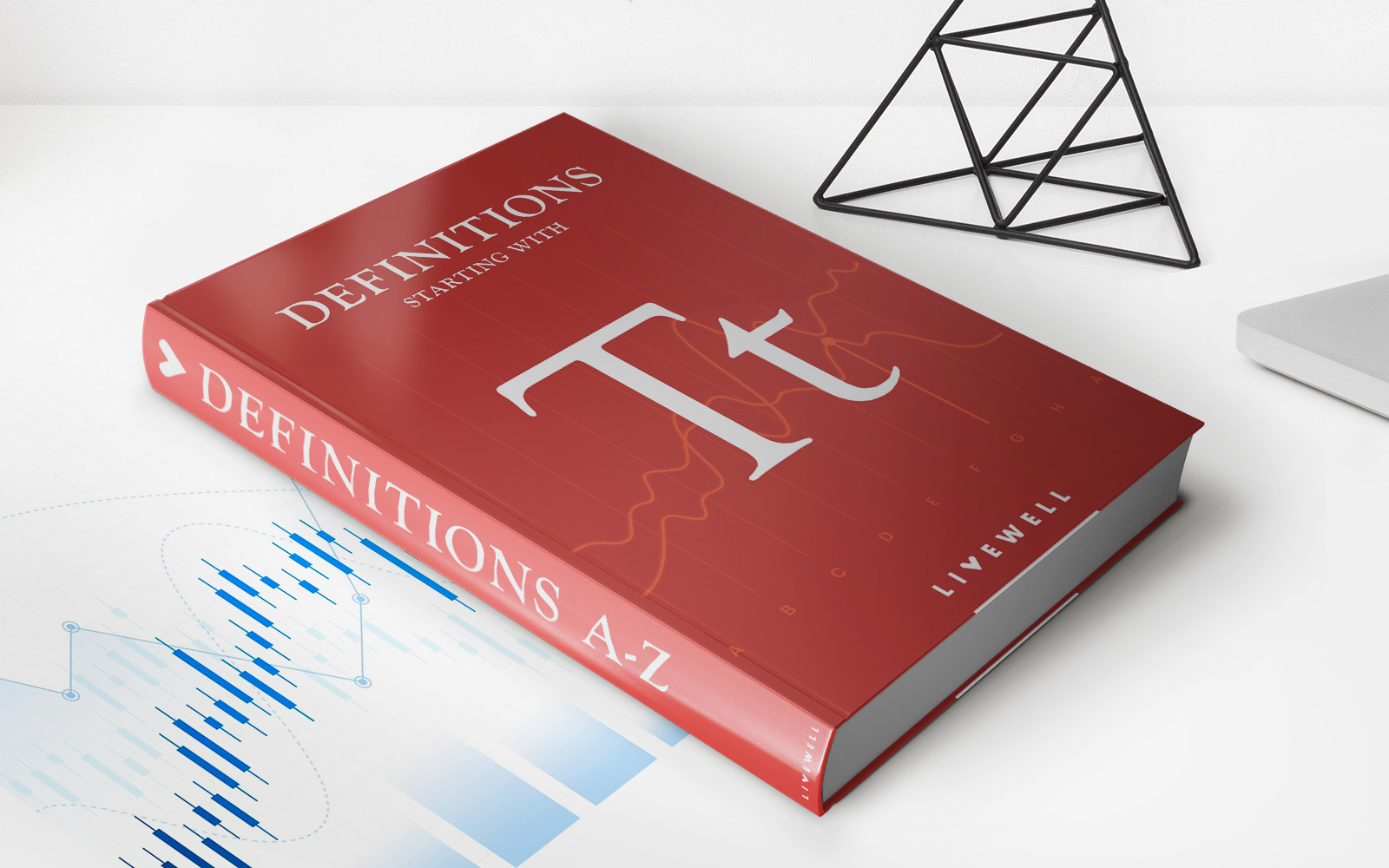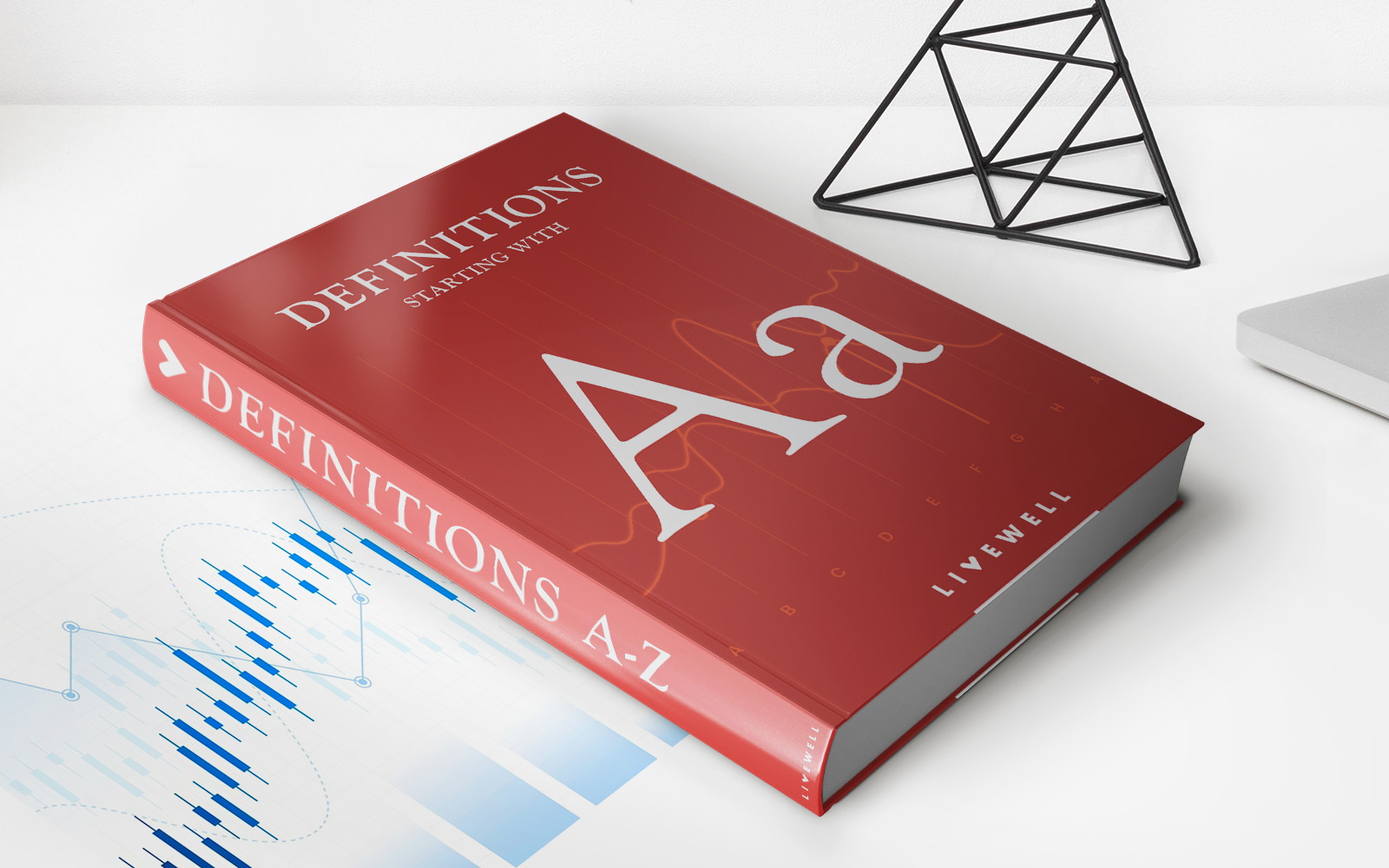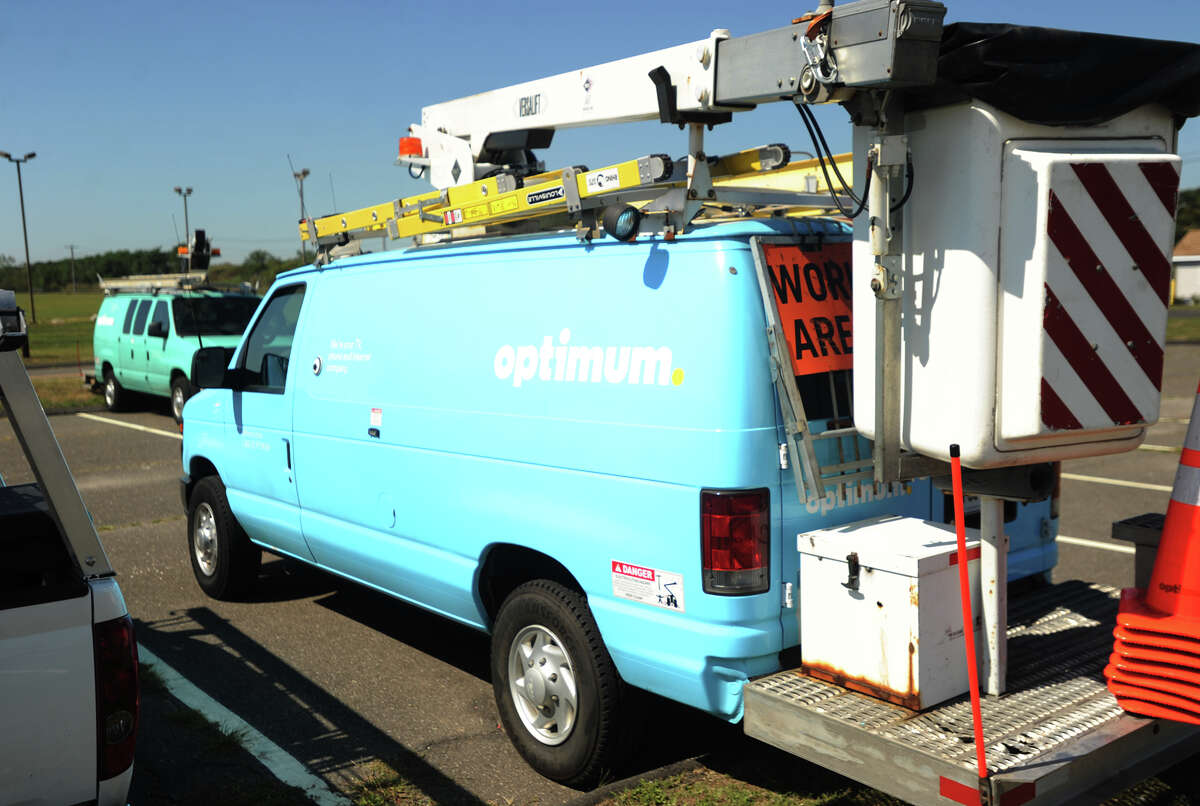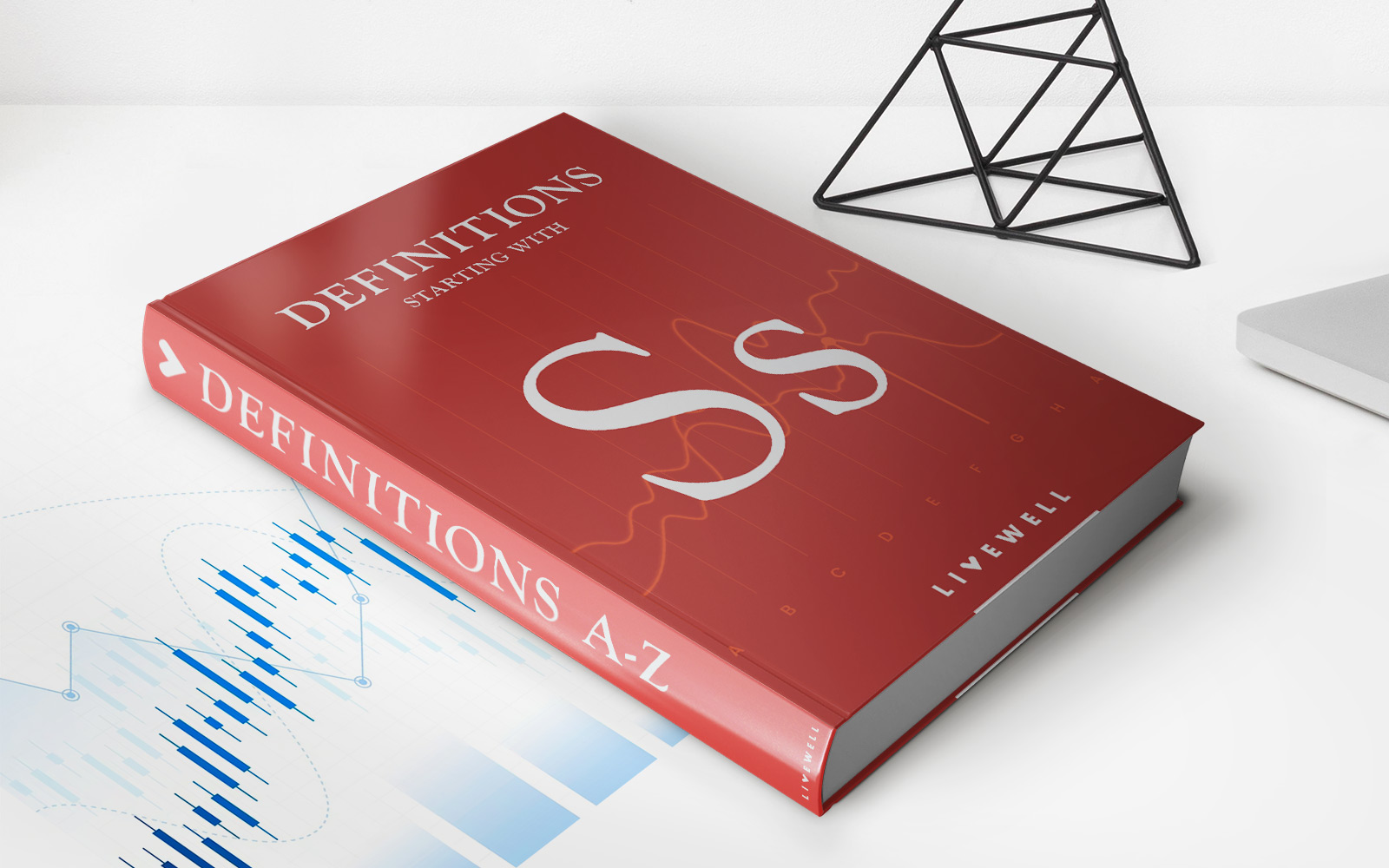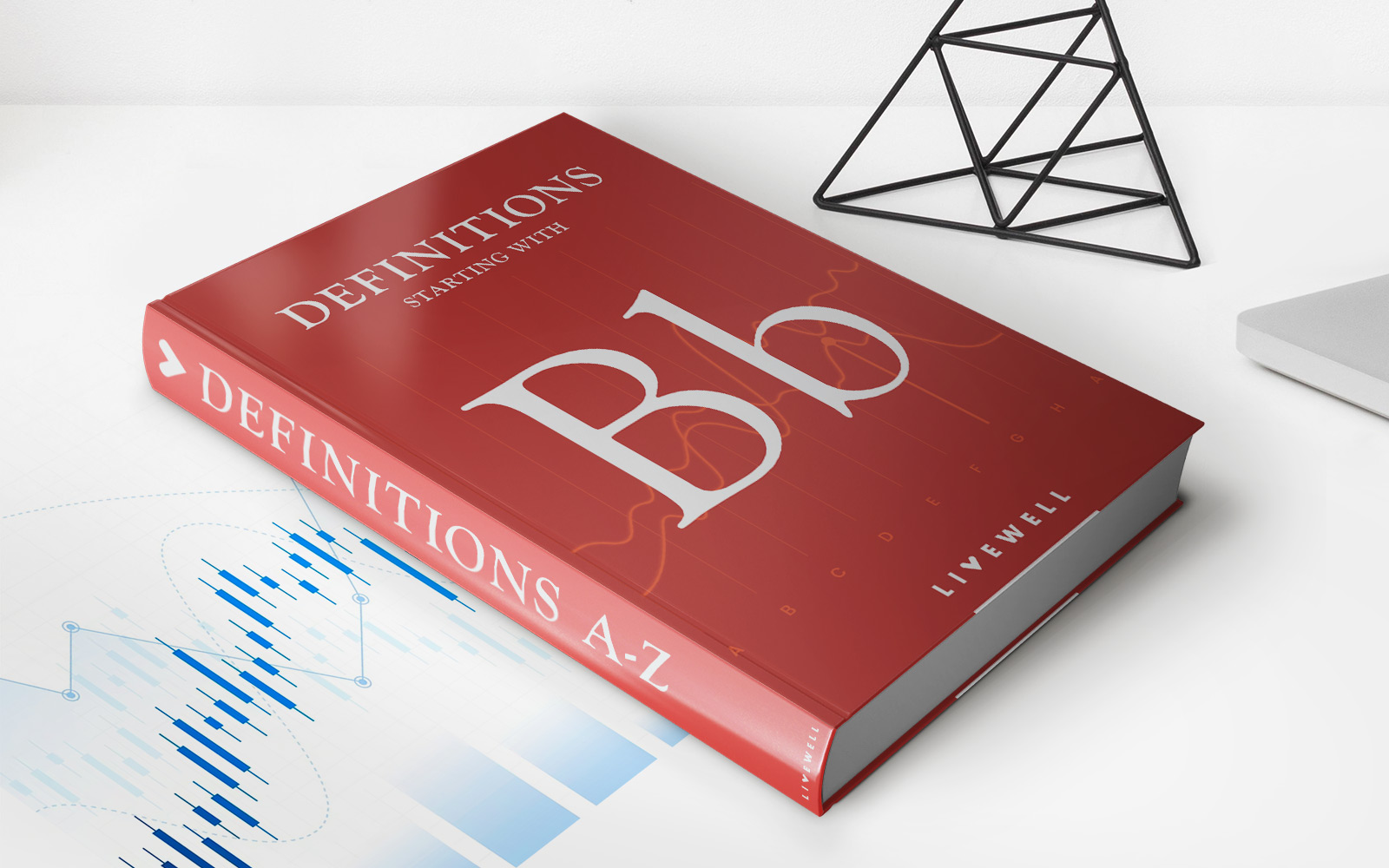Home>Finance>Education IRA: Definition, Rules And Limits, Vs. 529 Plan
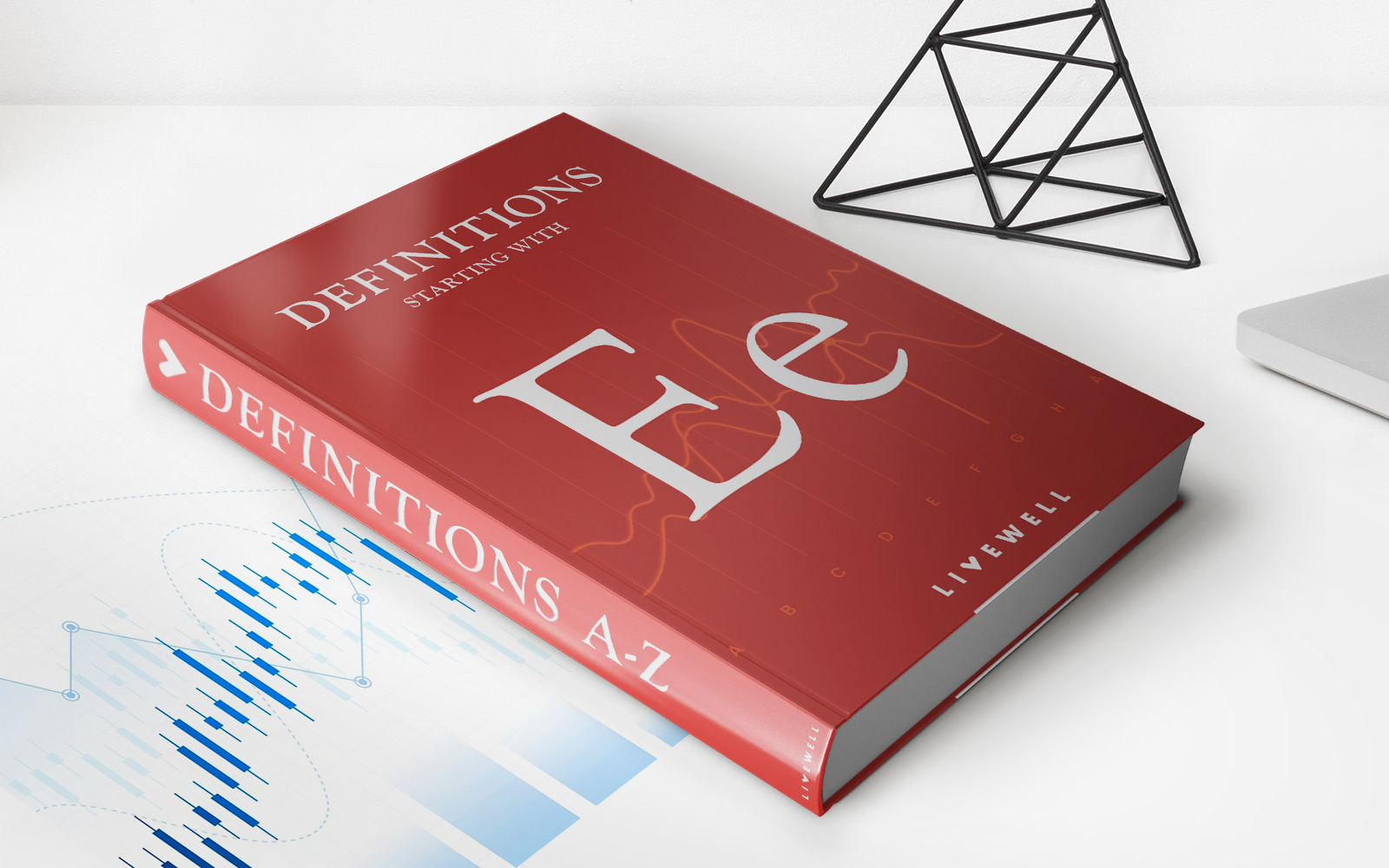

Finance
Education IRA: Definition, Rules And Limits, Vs. 529 Plan
Published: November 16, 2023
Learn about Education IRAs, their definition, rules, and limits, and compare them to 529 plans. Discover how these financial tools can help you save for your child's education.
(Many of the links in this article redirect to a specific reviewed product. Your purchase of these products through affiliate links helps to generate commission for LiveWell, at no extra cost. Learn more)
Education IRA: Definition, Rules, and Limits
If you are looking for ways to save money for your child’s education, you may have come across the term “Education IRA.” But what exactly is an Education IRA, and how does it work? In this blog post, we will delve into the definition, rules, and limits of an Education IRA, along with comparing it to another popular education savings plan – the 529 Plan.
Key Takeaways:
- An Education IRA is a type of individual retirement account specifically designed to save for education expenses.
- Contributions to an Education IRA are made with after-tax dollars, but withdrawals for qualified education expenses are tax-free.
So, let’s start with the basics. An Education IRA, also known as a Coverdell Education Savings Account (ESA), is a type of savings plan that allows you to set aside funds for educational expenses. This includes not just college tuition, but also K-12 expenses, private school fees, and even certain apprenticeship programs.
Now, let’s look at the rules and limits associated with an Education IRA. As of 2021, contributors can contribute up to $2,000 per year per child. The contributions are made with after-tax dollars, meaning you will not receive a tax deduction for the contributions made. However, the growth and withdrawals from the account are tax-free as long as the money is used for qualified education expenses.
But what exactly qualifies as a “qualified education expense”? Qualified expenses include tuition, fees, books, supplies, and equipment required for enrollment or attendance at an eligible institution. It’s important to note that room and board expenses are only considered qualified if the student is enrolled at least half-time.
Now, let’s compare an Education IRA to another popular education savings plan – the 529 Plan. The 529 Plan is another tax-advantaged account, but it has some distinct differences from an Education IRA. Unlike the Education IRA’s contribution limit of $2,000 per year, the 529 Plan allows much higher contribution limits, often in the hundreds of thousands.
Additionally, the 529 Plan does not have an income limit, while an Education IRA does. This means that only individuals below a certain income threshold are eligible to contribute to an Education IRA. However, the income thresholds for eligibility are quite generous, allowing many families to take advantage of this savings tool.
In conclusion, if you are looking for a way to save for your child’s education, an Education IRA can be a valuable tool. With its tax-free growth and withdrawals, it offers a great way to maximize your savings for educational expenses. However, it’s always a good idea to consult with a financial advisor or tax professional to determine the best savings strategy for your individual situation.
Key Takeaways:
- An Education IRA is a type of individual retirement account specifically designed to save for education expenses.
- Contributions to an Education IRA are made with after-tax dollars, but withdrawals for qualified education expenses are tax-free.
